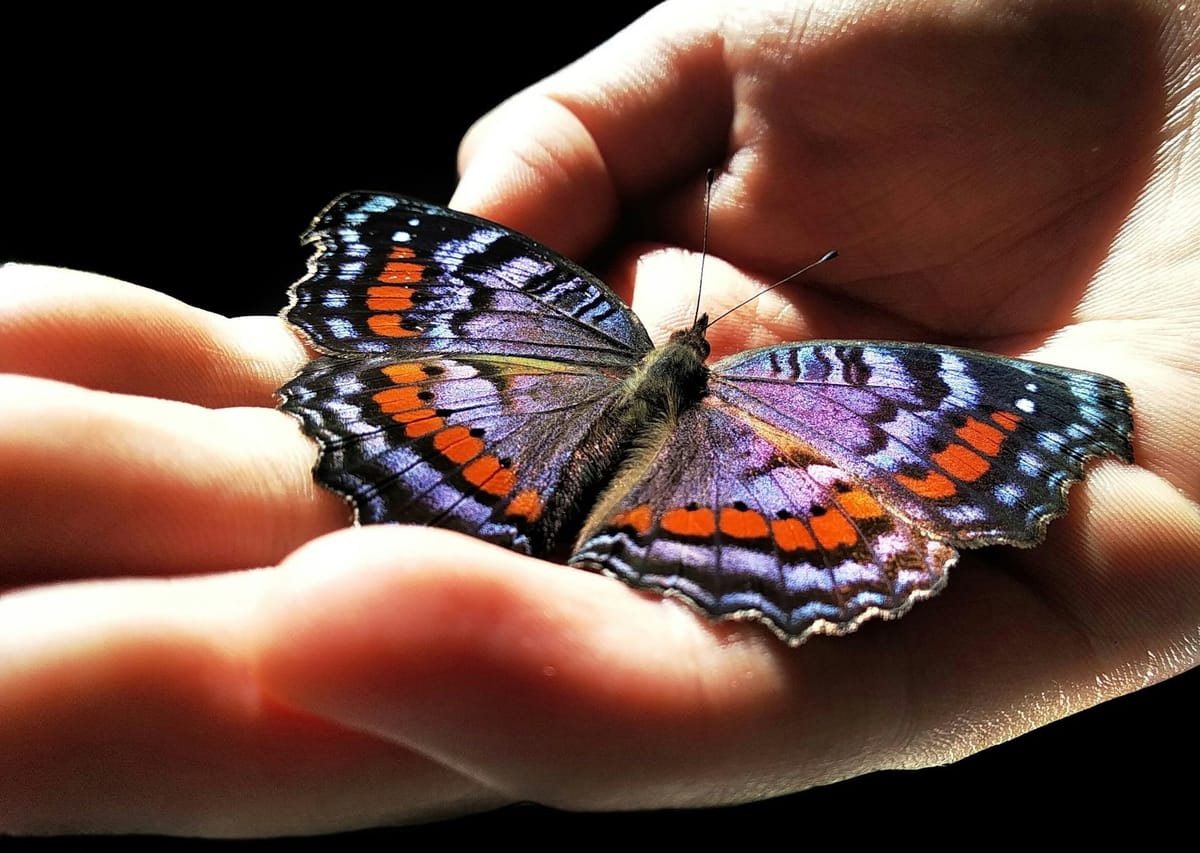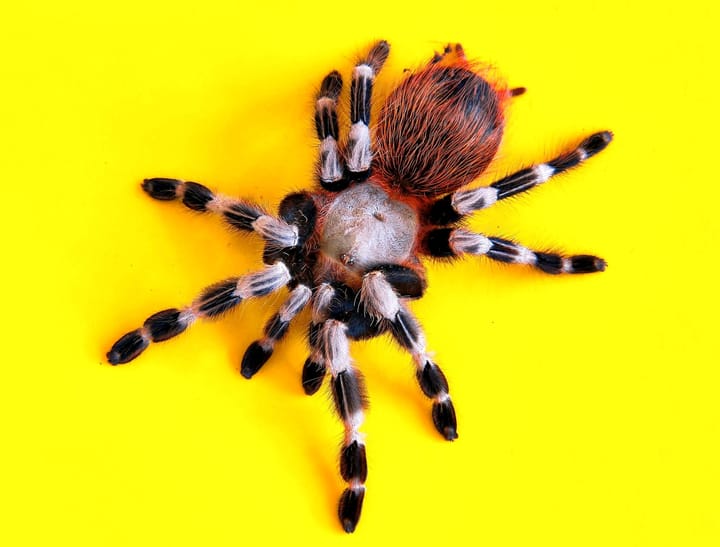The brain loves color - but different ones

I always wondered if we humans see color the same way. I mean, when we call something blue, is it the same color we call blue? Or do we just have the same name for something that we see differently? Is that why we have different favorite colors? And if so - how can we ever find out if we see the same colors or not?
Well, in this study researchers managed to crack the enigma in a population of butterflies - and the result is astonishing!
How butterflies use color to choose mates
Bright colors in the animal world are often used to attract mates, and butterflies are no exception.
Heliconius butterflies rely on their colorful wings not only to warn predators of their toxicity but also to recognize potential mates. In Ecuador, one population of these butterflies shows an interesting variation: some individuals have yellow patches on their wings, while others have white.
Male Heliconius butterflies usually prefer to court females with the same wing color as their own, which helps maintain differences between species. By studying their nervous systems, scientists discovered that these mating choices are linked to how their eyes and brain process color signals.
This connection between wing color and mate preference seems to play a key role in how new species evolve. The findings also suggest that small changes in the way neurons interact in the visual system can shape major behavioral differences, such as mate selection.
The genetic connection between color and behavior
To understand why these butterflies choose mates based on color, scientists analyzed the genes of over 100 butterfly males. They looked for genetic differences that could explain mating preferences.
Their study revealed that four areas of the butterfly genome (the genome is our entire DNA) were linked to mate choice.
The strongest link was found near the gene that controls the switch between yellow and white wing color.
This suggests that evolution in these butterflies has linked wing color and mate choice, helping maintain species differences. But how?
How does the butterfly brain get the colors right
Researchers then studied how the butterflies’ eyes see color by studying the butterfly's photoreceptors.
Photoreceptors are special cells in the eye that detect light and color. Insects and mammals including humans use this system. They work by capturing light and sending signals to the brain, which then turns those signals into images.
There are two main types in most animals: rods, which help with seeing in dim light, and cones, which detect colors.
Different animals have different types of photoreceptors, allowing them to see in unique ways. For example, butterflies have extra types of cones that help them see a wider range of colors, including ultraviolet light that humans cannot see.
The researchers found that some photoreceptors are tuned differently in various populations of butterflies. However, the biggest discovery was not just differences in how these receptors detect colors but how the brain processes these signals.
In butterflies, some photoreceptors that detect ultraviolet light receive inhibitory signals from receptors that detect other wavelengths, such as red or yellow light.
This means that certain neurons actively suppress signals from others, sharpening (or manipulating) the butterfly's color perception.
The strength of this inhibition of certain colors varied between butterflies with white wings and the ones with yellow wing colors.
That suggests their nervous systems are built differently based on genetic variation - so the butterflies with white and yellow wings see color differently.
In other words, the butterflies do NOT see color the same way - and the way the individual butterfly brain interprets color information plays a key role in determining mate preferences.
Woah, that's super interesting …
Evolution of behavior
The study suggests that changes in the way the brain processes sensory information, rather than changes in the receptors themselves, are responsible for variations in mate choice.
In the brains of these butterflies, inhibitory connections within the optic lobe—the first part of the brain that processes visual signals—help determine how colors are perceived.
These findings provide an important insight into how the brain translates color input into behavior and how evolution shapes these processes.
Understanding how neural connections influence mate selection in butterflies could also help explain similar mechanisms in other animals.
These findings highlight the connection between genetic variation, vision, and behavior, helping to explain how species evolve new traits and behaviors through changes in their nervous system.
About the scientific paper:
First author: Nicholas W. VanKuren, USA
Published: PLoS Biology, March 2025
Link to paper: https://journals.plos.org/plosbiology/article?id=10.1371/journal.pbio.3002989




Comments ()